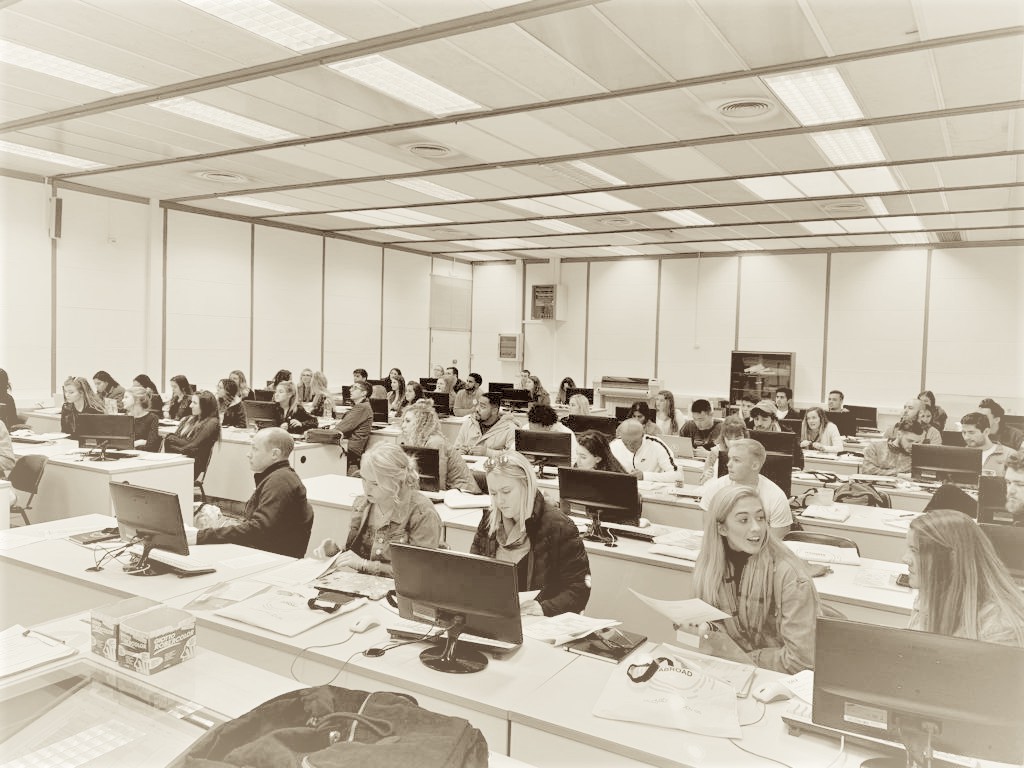
|
|

• Attendance
• Assessments
• Sexual Harassment Policy
• Students With Disabilities
• Academic Honesty Policy
• University Ombudsman
• Statement On Audio And Video Recording
• Syllabus Change Policy
Mechanics of Materials
3 Credits | 300 Level | 38 Contact hours
Mechanics of Materials, 10th ed., Hibbeler, R.C.
Behavior of deformable body systems under combinations of external loading is presented. Analysis of stress, deformation, strain, failure fatigue and creep are included. Mathematical, graphical and energy methods are utilized.
1. Stress: Bearing stress, analysis vs design, allowable stress, limit state.
2. Strain: deformation, strain.
3. Mechanical properties of materials: Tension & compression test, stress-strain diagram, Hooke’s law.
4. Axial loading: Sain-Venant’s principle, elastic deformation, superposition, Thermal stresses.
5. Torsion:Power transmission, angle of twist, Statically indeterminate members.
6. Bending: Shear & Bending moment diagrams using equations.
7. Bending: Deformation of a straight member, flexure formula.
8. Transverse shear: Shear in straight members, the shear formula, flow in thin-walled members.
9. Combined loadings: thin walled pressure vessels, State of stress caused by combined loadings.
10. Stress transformation: Principal stresses, Mohr’s circle-plane stress.
11. Strain transformation: Material-property relationships.
12. Deflection of beams.
Upon successful completion of this course, students will be able to:
1 Have improved algebra, trigonometry, and calculus problem solving skills.
2 Have understanding of distributed forces, mass and area properties, and internal moment and shear.
3. Understand the concepts of stress due to axial forces, shear forces, bending moments, and torsion.
4. Understand the concepts of deflection due to axial forces, shear forces, bending moments, and torsion.
5. Understand mechanical properties of materials.
6. Understand stresses under combined loading.
7. Understand transformation of stress using analytical and graphical methods(Mohr’s circle).
8. Understand column buckling.
9. Understand both analysis and design principles in mechanics of materials.
Attendance 10%
Homework 20%
2 Exams 46%
Comprehensive Final Exam 24%
|
